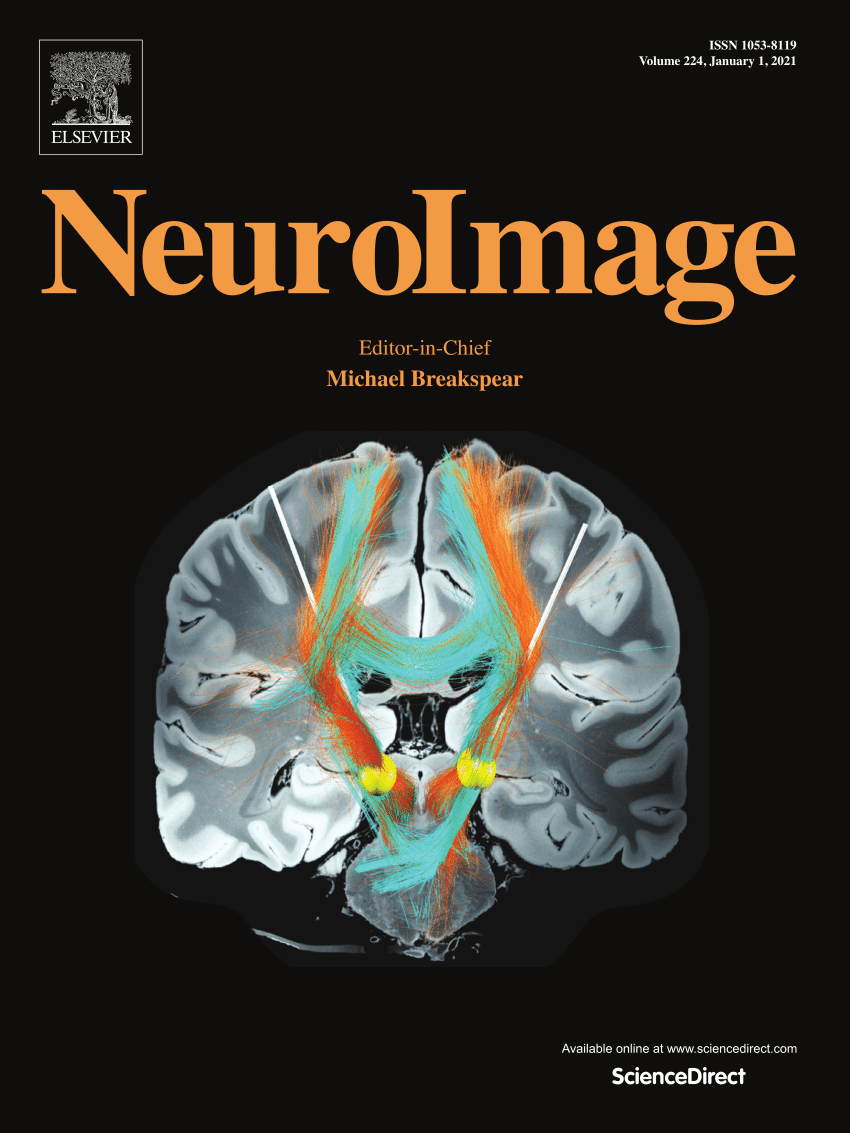Brain-hemispheric differences in the premotor area for motor planning: An approach based on corticomuscular connectivity during motor decision-making
IF 4.7
2区 医学
Q1 NEUROIMAGING
引用次数: 0
Abstract
This study investigates the role of the premotor area (PMA) in motor planning during decision-making, focusing on differences between brain hemispheres. A cross-sectional assessment was conducted involving seventeen right-handed participants who performed tasks requiring responses with either hand to visual stimuli. Motion capture, EEG and EMG signals were collected to analyze corticomuscular coherence (CMC) in the beta and gamma bands across four motor-related cortical areas. Findings revealed significant beta-band CMC between anterior deltoids and contralateral PMA before stimulus onset in simple reaction tasks. Moreover, significant beta-band CMC was observed between the left anterior deltoid and the right PMA during the motor planning phase, prior to the onset of muscle contraction, corresponding with shorter planning times. This connectivity pattern was consistent across both simple and complex reaction tasks, indicating that the PMA plays a crucial role during decision-making. Notably, motor planning for the right hand did not exhibit the same connectivity pattern, suggesting more complex cognitive processes. These results emphasize the distinct functional roles of the left and right hemispheres in motor planning and underscore the importance of CMC in understanding the neural mechanisms underlying motor control. This study contributes to the theoretical framework of motor decision-making and offers insights for future research on motor planning and rehabilitation strategies.
运动计划的运动前区脑半球差异:一种基于运动决策过程中皮质-肌肉连通性的方法
本研究探讨了运动前区(PMA)在决策过程中运动规划中的作用,重点研究了大脑半球之间的差异。研究人员对17名右撇子参与者进行了横断面评估,这些参与者需要用任意一只手对视觉刺激做出反应。收集运动捕捉、脑电图和肌电图信号,分析四个运动相关皮质区β和γ带的皮质肌肉相干性(CMC)。结果发现,在简单的反应任务中,前三角肌和对侧PMA之间的β -带CMC在刺激开始前显著。此外,在运动计划阶段,在肌肉收缩开始之前,在左侧前三角肌和右侧PMA之间观察到显著的β带CMC,对应于较短的计划时间。这种连接模式在简单和复杂的反应任务中都是一致的,表明PMA在决策过程中起着至关重要的作用。值得注意的是,右手的运动规划并没有表现出相同的连接模式,这表明认知过程更复杂。这些结果强调了左右半球在运动规划中的不同功能作用,并强调了CMC在理解运动控制背后的神经机制中的重要性。本研究有助于构建运动决策的理论框架,并为未来运动规划和康复策略的研究提供见解。
本文章由计算机程序翻译,如有差异,请以英文原文为准。
求助全文
约1分钟内获得全文
求助全文
来源期刊

NeuroImage
医学-核医学
CiteScore
11.30
自引率
10.50%
发文量
809
审稿时长
63 days
期刊介绍:
NeuroImage, a Journal of Brain Function provides a vehicle for communicating important advances in acquiring, analyzing, and modelling neuroimaging data and in applying these techniques to the study of structure-function and brain-behavior relationships. Though the emphasis is on the macroscopic level of human brain organization, meso-and microscopic neuroimaging across all species will be considered if informative for understanding the aforementioned relationships.
 求助内容:
求助内容: 应助结果提醒方式:
应助结果提醒方式:


